7 Biggest Risk And Reward Scenarios... And How To Play Them!
In this video and article, Golf Monthly Top 50 Coach Ged Walters offers tips and advice for the 7 biggest risk and reward situations


Compiling a good score requires a reliable swing and a smart strategy. In this article and video, we’re focusing specifically on those make-or-break moments that often define your success on the course. We are going to talk you through the thought process behind smarter decision-making and offer some simple tips for improving your skillset if you want to take on more risk. As you'll see in this video, to help us get all of the yardages needed in each of the situation, we used the Nikon COOLSHOT 50i laser rangefinder.
1 Taking The Tiger Line
There are certain occasions when you’ll need to weigh up whether to take an aggressive line off the tee. In the scenario shown below, playing down the left side of this fairway (to the left of the bunker), whilst blind, tighter and more dangerous, leaves a much shorter route to the green. It’s always worth using the width of the tee to help you find the angle you need for the shot you’re about to play. If you’re a fader you’ll be better off using the right side of the tee whereas drawers might want to tee up from further left. Your shot shape should determine whether you take the Tiger line. Try to visualise the ball flight required and if you don’t feel comfortable, take the safer line.

Taking the aggressive line here means playing a blind shot. In this scenario, it’s imperative that you pick a small target to aim at in the distance and then draw an imaginary line back to your ball. I like to spot a mark on the grass or even a broken piece of tee peg on that line just in front of my ball. That way I can use that spot to better set my alignment at address. From here, you need to stick to your usual pre-shot process and have full commitment to the shot in hand.
2 Under the Trees
Getting your ball back in play from the trees might seem fairly straight forward but there is some important strategy involved that often gets missed. Before deciding what to do in a position like this, think about your usual shot shape. For instance, if you’re a fader of the ball, your swing path isn’t going to lend itself to hitting a low draw. Then, to assess whether the risk is worth taking, you need to work out how far up the fairway to advance the ball to give yourself a good chance of reaching the green. Remember there is no point taking on extra risk if a perfect shot leaves you in a difficult position.
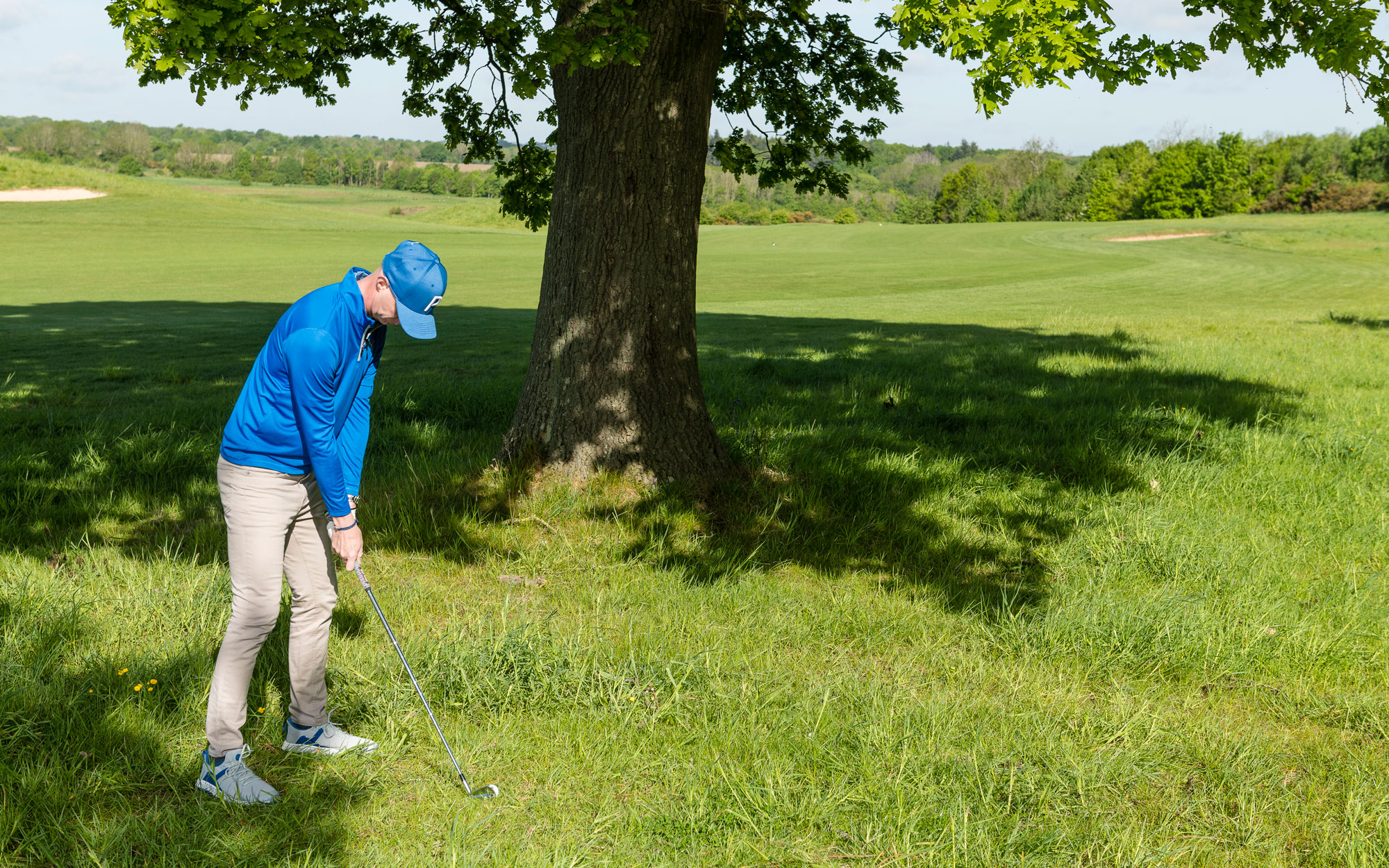
To hit a low draw you need to aim your feet and body well to the right (in this instance my body is aiming right of the bunker). Crucially your clubface needs to be closed to your body alignment without being too closed and aiming at the tree. My clubface is aiming at the bunker. I can now swing down the line of my body and hit a gentle draw down the fairway. To keep the flight down, move the ball back in your stance a fraction and set more weight on your lead side. Keep the swing smooth and you’ll get back into play without any problems.

Nikon’s COOLSHOT 50i laser rangefinder features Dual Locked On Quake functionality that helps identify the distance to the flag without instead measuring an object in the background. A gentle vibration is combined with a visual cue to highlight the target and provide you with the confidence you need that you’ve got exactly the right distance.
3 Approach Over Trouble
Whenever you are faced with dangerous approach shots, you need to gather all the key information to help you devise the right strategy for you. Try not to be swayed by what your playing partners are doing. The smartest strategies are always based on your own strenagths and weaknesses.
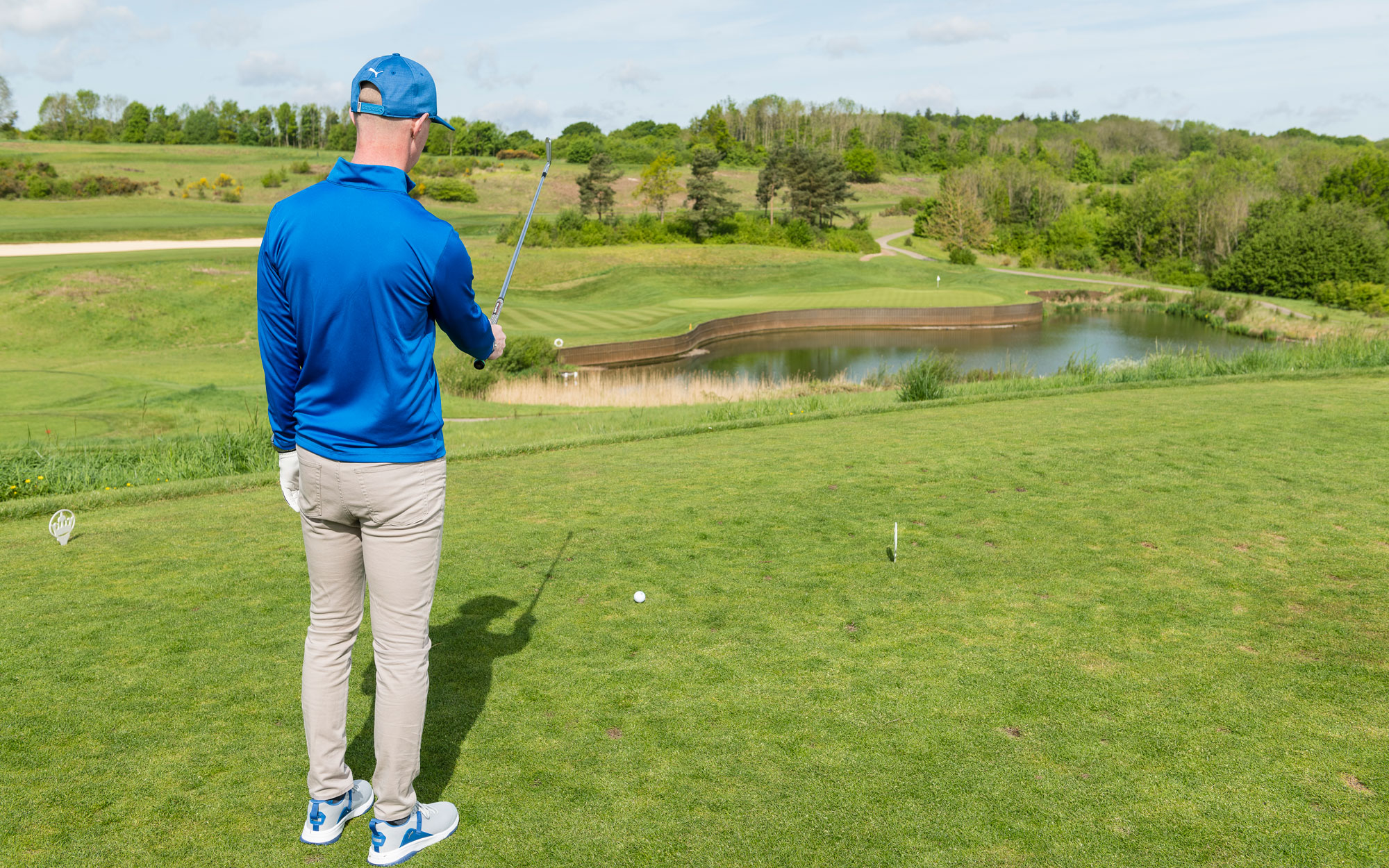
Information is crucial here but so many golfers fail to go beyond just getting a distance to the flag. By having just one number to play to, you can make what is already an intimidating shot feel even harder. In particular, there are two more yardages you need. What is it to carry the trouble short? What’s the yardage to the back of the green? In this instance there is 27-yards between the two marks. This is a huge margin for error and can really help add to your confidence. Now, choose the club that if you hit it well will reach the back of the green. This way, even if you don’t catch it perfectly, you’ll still end up on the green.
The other decision to make here is whether you aim at the flag or closer to the middle of the green. If you take on the flag and leak it right, you’re in trouble so there’s risk worth weighing up. This will have to be a judgement call based on how well you are playing, your shot pattern (and your most common misses) and whether you are trying to protect your score. If you feel comfortable with the shot and want to go for it, remember to commit to your usual pre-shot process.

Nikon’s COOLSHOT 50i allows players to continuously scan the horizon to get all the distance information they need before they play. From carrying hazards short of the green to the trouble that’s behind your target, by pressing and holding the power button you’ll unlock the continuous measurement function.
4 Long Bunker Shot
Often described as the hardest shot in golf, there is a safe way of playing the long greenside bunker shot that many golfers don’t use. The video with this article shows the best way to take as much of the risk out of this shot as possible.
Golfers often make the mistake here of using the lob or sand wedge and then trying to manipulate the swing or strike to find extra distance. This leads to fat and thin contacts and easily avoided double bogeys. Instead, for this 45 yard shot, I’m using my pitching wedge. I’m then going to use my normal bunker shot technique (including opening the face at address). Give it a go, you’ll be amazed by how this simple switch adds distance without compromising the strike.
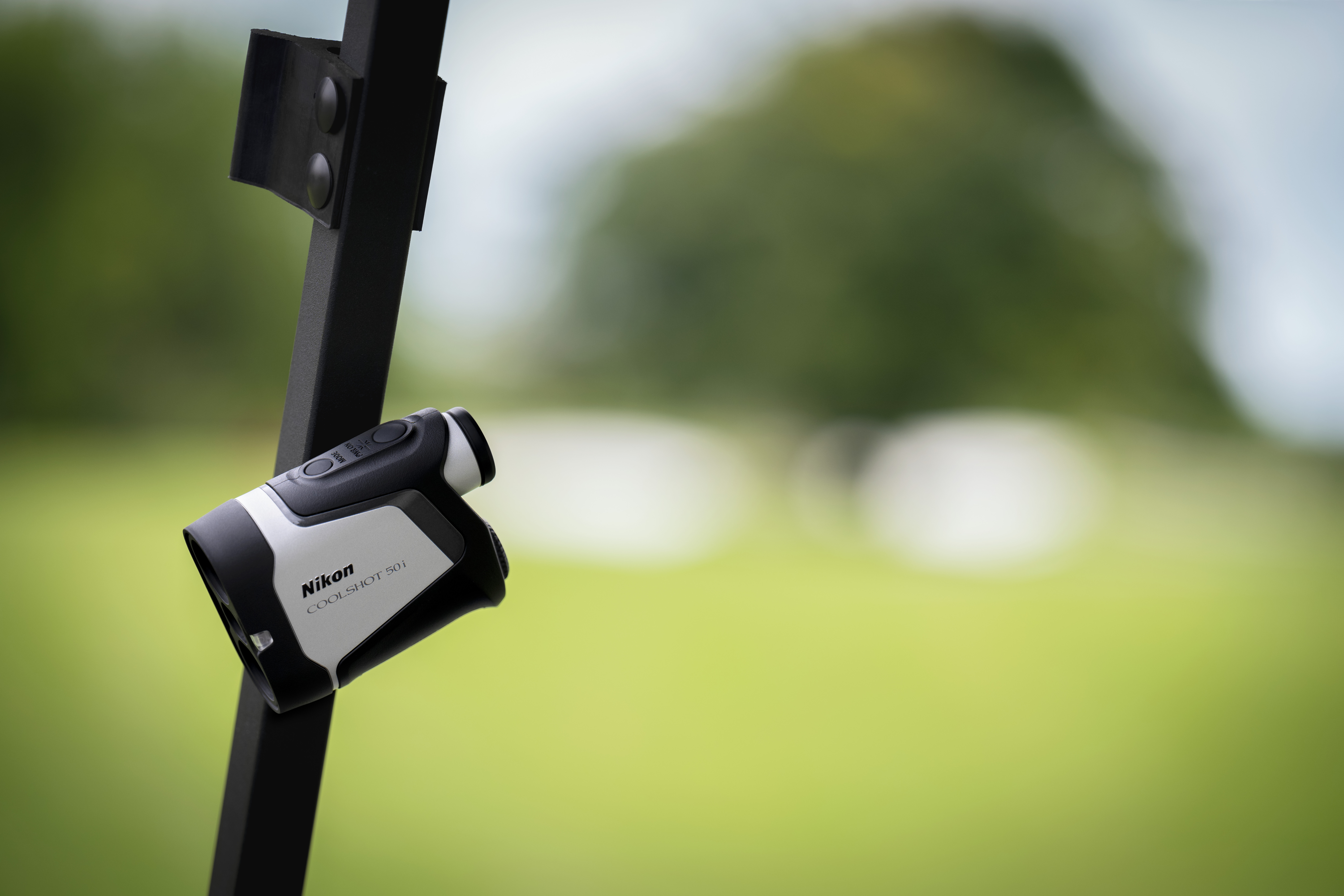
This laser rangefinder features a magnet on the side that allows you to attach it to metal surfaces like the side of a cart, trolley or golf bag. It is also light, compact and rainproof to help you find the yardages you need, whatever the conditions.
5 Long Iron Approach
For many amateurs, taking on a long iron approach is a risky tactic. If you fall into this category, doing some work on your ball striking by focusing on your angle of attack is a must.

To strike your irons well you need a descending angle of attack that allows you to hit the ball before the turf. In practice, place a tee in the ground at the same angle you want the club to attack the ball (as shown here). Make sure that from the top of the backswing, your weight moves towards the target. Hit some shots simply aiming to strike the ground after the ball. This will stop you from hanging back through impact, shallowing out the angle of attack and hitting fats and thins.
6 Tight Chip
This is a classic risk and reward shot. Facing a chip over a bunker to a tight flag leaves every golfer a difficult decision to make. Getting too cute is clearly the big mistake to avoid, here are the factors you need to consider.
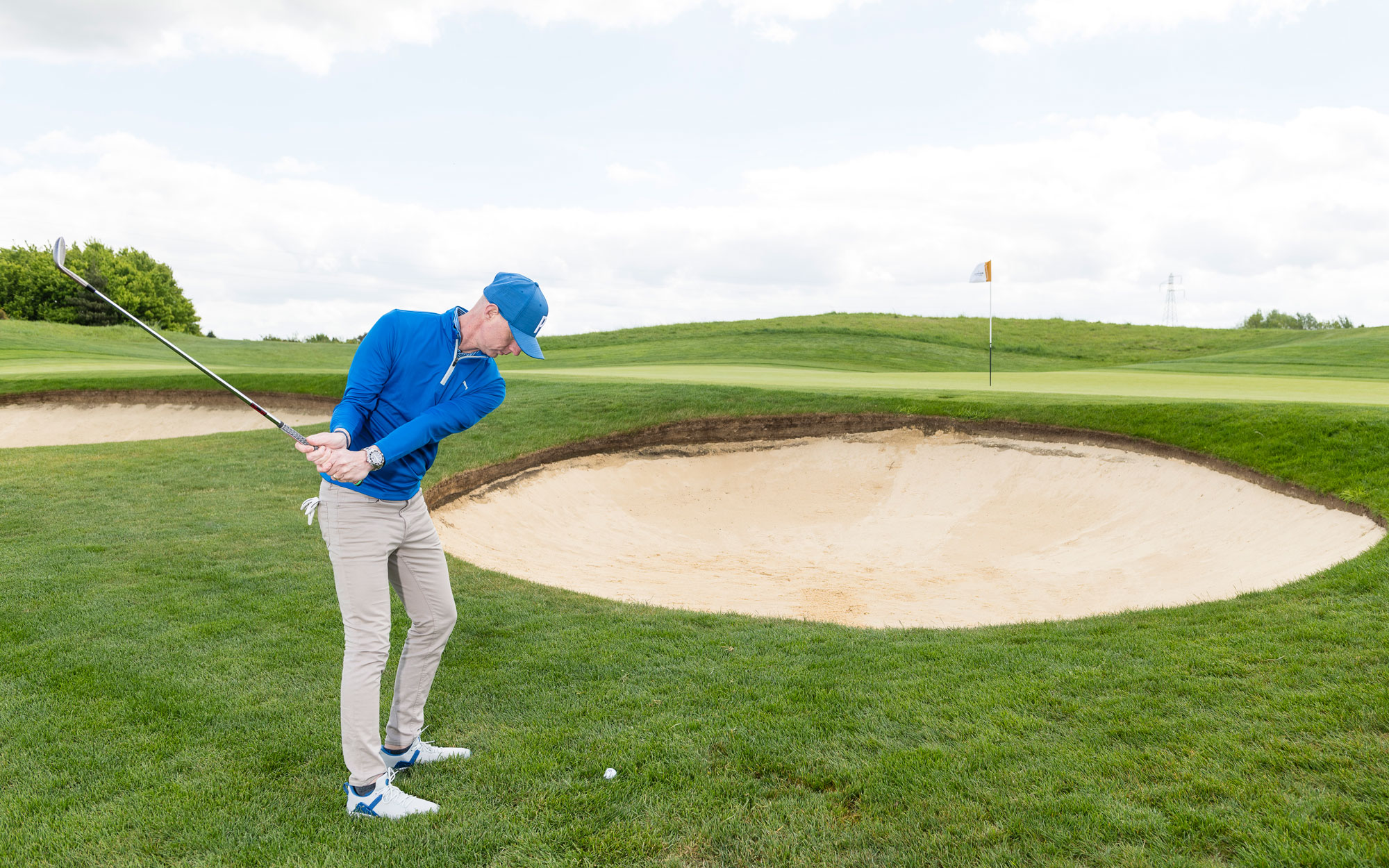
Ultimately, the lie will dictate how aggressive you can be in a scenario like this. If it is sitting down in lush rough, then you’ll need to take your medicine. It is again also worth considering whether the risk is worth the reward. To get the ball close do you need to carry the bunker by a matter of inches? If so, then you might be better giving yourself more room for error and trying to hole a 10-20 footer for your par.
There are two ways to play this shot. If you’re a confident bunker player you can use your normal bunker technique. Alternatively, you can take your normal chipping stance and then make two small changes. Open the clubface a fraction to add loft and aim your feet hips and body a little to the left (this will mean the clubface is pointing at the target). With this set up, a simple chipping action should deliver good results.
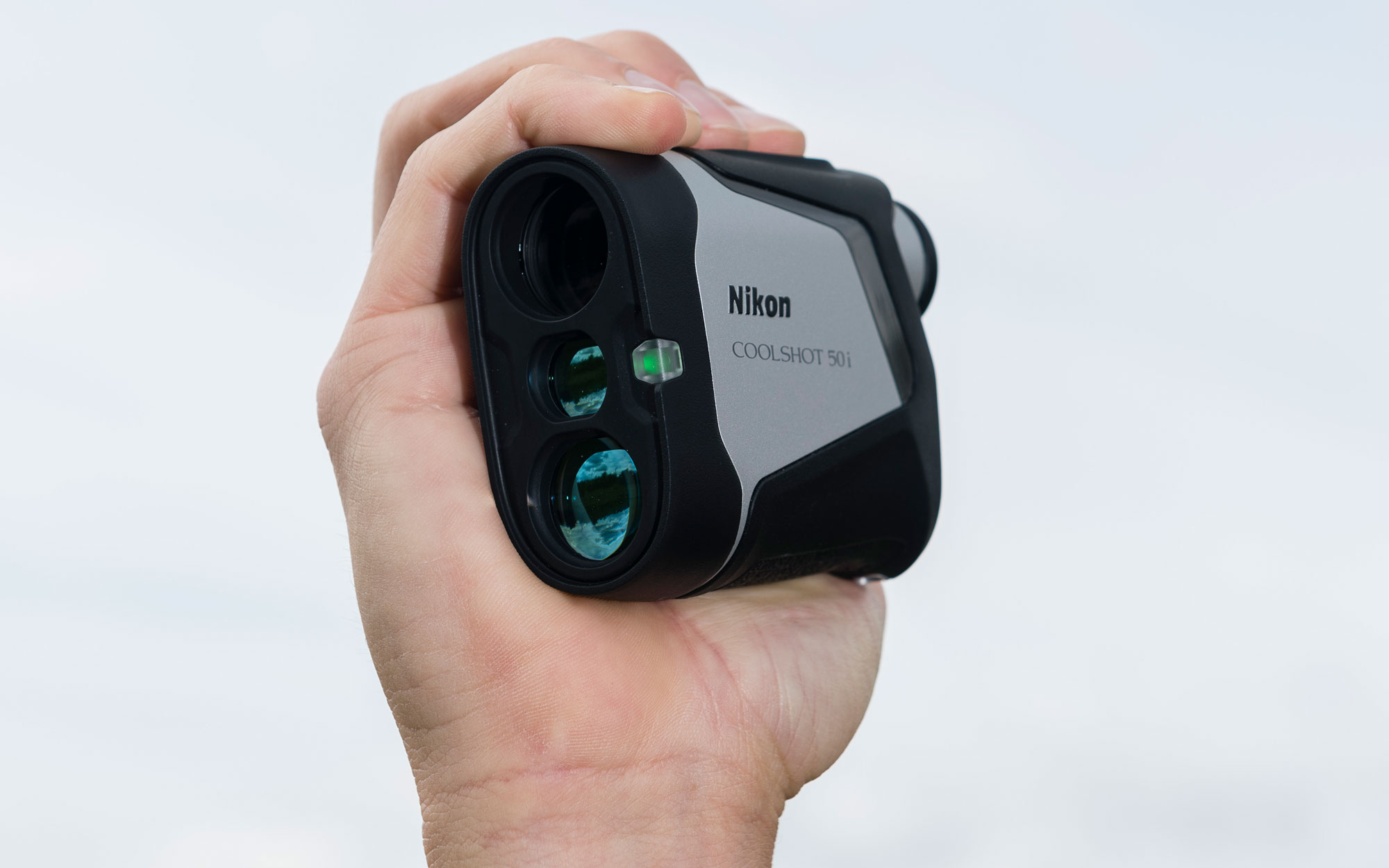
The COOLSHOT 50i provides slope adjusted distances for use during recreational play. This feature helps you better understand how changes in elevation affect how far you hit the ball. You can turn it off during competition play and a flashing green LED light signifies compliance.
7 Long Drive
Whether it’s a par-4 or 5, every golf course has a hole that sits on your distance limit. If you get a big drive away, you know you can reach in two. In this scenario, it is worth knowing how to add speed to your driver swing without losing control of your accuracy.

The key to maximising your driver distance without losing control is to find the ideal upward launch angle. You can do this at address. Tee the ball up a fraction higher than usual and set it forwards in your stance (it can go as far forwards as being opposite your left big toe). Then crucially, make sure that when you start the downswing your position remains stable. Don’t let your upper body lean towards the target but keep your sternum positioned centrally over your stance (as I'm doing in the photo above). If you can do this, the club will bottom out before the ball and deliver an upward angle of attack. If the strike is good, you’ll deliver easy distance and plenty of control.
Subscribe to the Golf Monthly newsletter to stay up to date with all the latest tour news, equipment news, reviews, head-to-heads and buyer’s guides from our team of experienced experts.

Location: True Fit Golf Centre
Using different styles, teaching aids, technology and games to measure improvements, Ged is keen to make the learning process educational and fun. He's worked with a number of top local, national and international instructors, including Adrian Fryer and Jeff Ritter, one of the most prominent golf instructors in America. He's based at True Fit Golf Centre in Warrington, where he can be found coaching golfers of all abilities. He's also working hard on his own game with the aim of playing on the senior Tour (when the time comes).
Students learn best when...
They leave their baggage at the door; this way they will garner a clearer understanding of their issues and how they can
improve.
Advice for practice:
Don't go rogue! You will never improve if you don't practice how your coach has told you to.
Most common problem:
Too many golfers judge if they have done what you ask by the outcome, yet that will not always be what they want to see when making changes. Focus on the process and the outcome will take care of itself.
-
 Debate: If You Could Have One Golfing Superpower, What Would It Be?
Debate: If You Could Have One Golfing Superpower, What Would It Be?Something as simple as never missing a putt or being able to drive it more than 400 yards? What would your golfing superpower be if you could choose one?
-
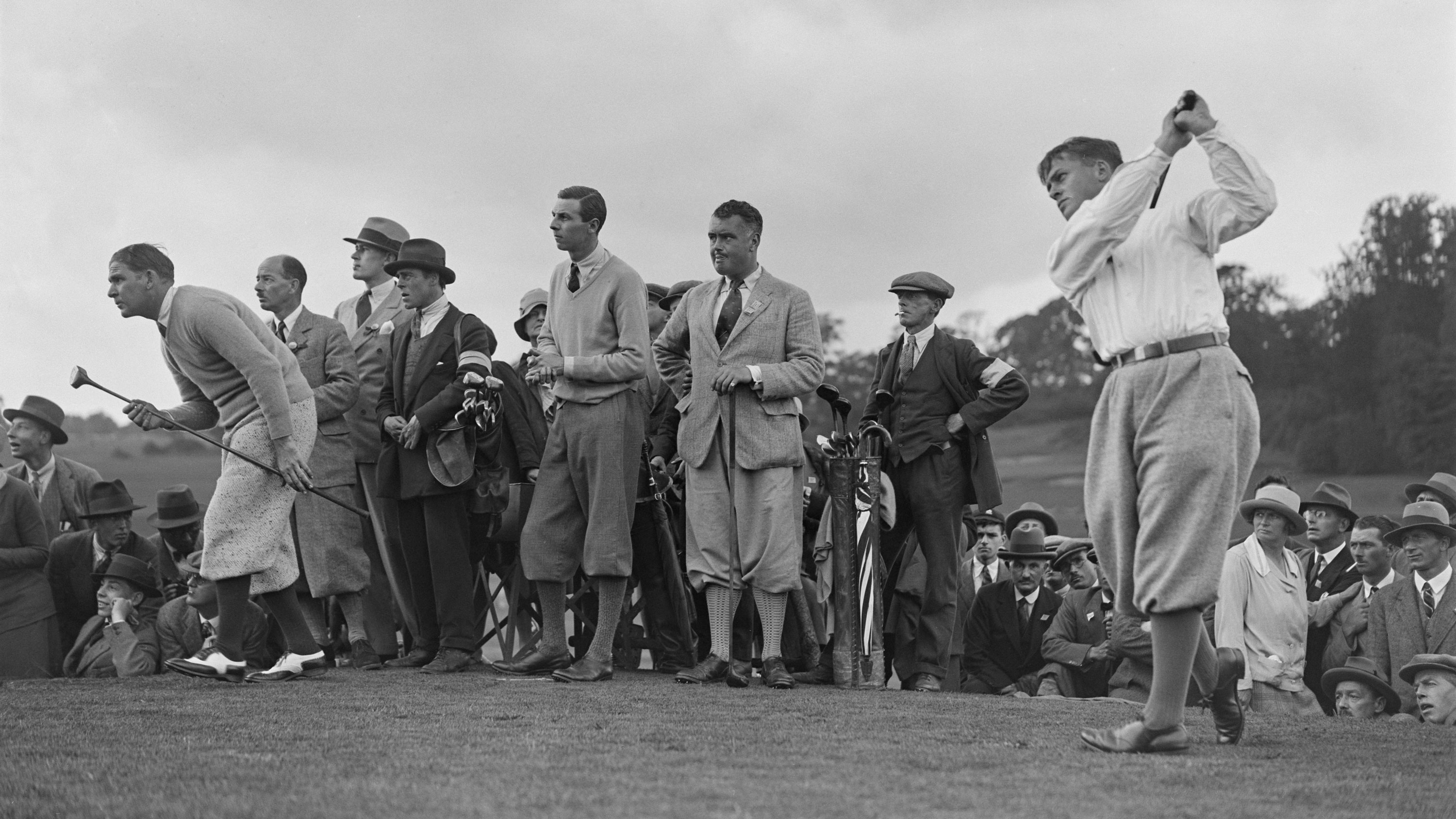 How Far Did Bobby Jones Hit The Ball… And How Far Would He With Modern Equipment?
How Far Did Bobby Jones Hit The Ball… And How Far Would He With Modern Equipment?Bobby Jones was one of the all-time golfing greats. But how far did he hit the ball, and how far might he be able to hit it today?